Enzo Ferrari was an ‘unguided missile of libido and chaos’, Ferrari director Michael Mann says
Director Michael Mann on the private life of Enzo Ferrari, accusations of cultural appropriation, casting controversy and the $US10m budget to build, race and wreck cars.
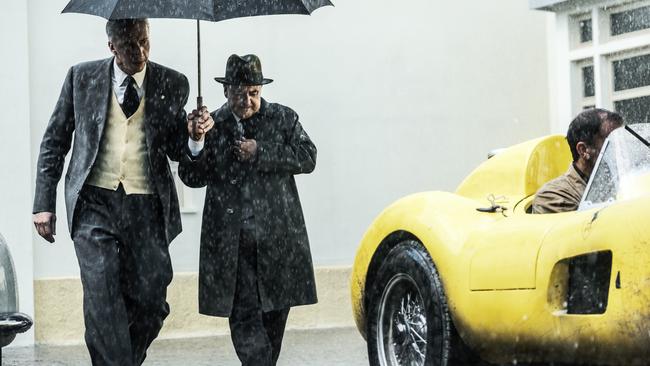
Michael Mann’s artistic signature is attention to detail. In his 1981 heist drama Thief, for example, he hired former professional thieves as technical advisers.
As it happens, there’s a connection between that movie, which was his silver screen debut, and his new one, Ferrari, centred on a fast and furious summer in the life of Italian car company founder Enzo Ferrari (1898-1988).
I ask Mann, 80, if it’s true that he has owned and raced Ferraris. “Yes, that’s right. With the first decent pay cheque I got, when I made Thief, the first thing I did was overspend and go buy a 308 out of Europe.”
He modified that particular Ferrari to pass American automotive rules, then unmodified it so it would “go faster”. It was the first but not only Ferrari he owned, and he took up racing as a hobby in the 1990s.
This personal experience behind the wheel takes the brake off the racing scenes in Ferrari, a $US100m ($146m) film that included a $US10m budget to build, race and wreck cars. Viewers will feel they, too, are in the driver’s seat.
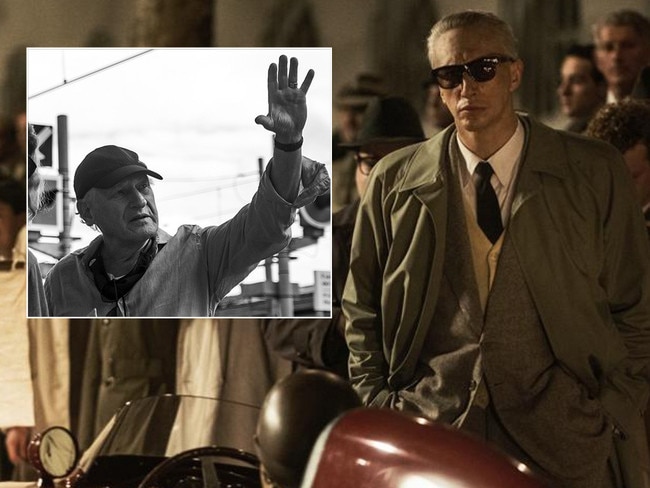
“It’s easy to make cars driving through Tuscan hills look beautiful through long lenses,’’ Mann says, “but that distances the audience, makes them just observers. I want it to be experiential. I want them to feel like they are in the car.”
Mann is in his office in downtown Los Angeles and we are talking via Zoom. The Chicago-born director is known for films such as The Last of the Mohicans (1992), starring Daniel Day-Lewis, Heat (1995), with Robert De Niro and Al Pacino, The Insider (1999), starring Russell Crowe, Ali (2001), starring Will Smith, and Collateral, starring Tom Cruise and Jamie Foxx.
He filmed Ferrari on location in Modena, in the north of Italy. It’s set over four months in 1957, when 59-year-old Enzo Ferrari’s business and marriage are falling apart.
One of the strengths of the film is that it’s about people rather than cars.
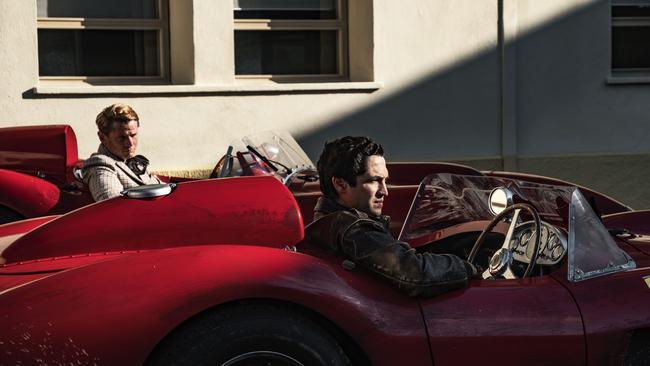
“Action has to have a story at the core of it,’’ Mann says, “and here the story happens to be the personal one of Enzo.”
Enzo Ferrari is played by the American actor Adam Driver, a casting choice that has caused controversy.
Penelope Cruz is his long-suffering wife Laura and Shailene Woodley is his mistress Lina, with whom he has a 12-year-old son.
What sort of man was “il commendatore”, as the racing driver turned Ferrari boss came to be known? “He was a complex person. He was driven by passion,’’ Mann says.
“As a young man he asked himself, ‘Who shall I be in this world?’ It’s a terribly romantic question. He believed he could transcend his circumstances and become whatever he wanted to make himself into. And with that he pushed himself forward, never satisfied with what he’s done or the moment he’s in.”
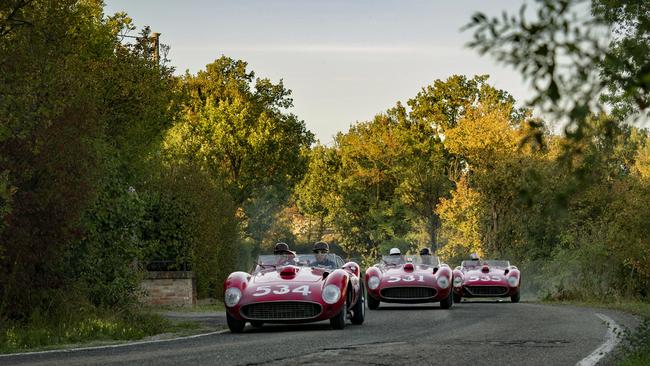
Mann laughs as he notes that Ferrari’s 1963 memoir is titled My Terrible Joys. “For Enzo it can’t just be joy; it has to be terrible joy. It can’t just be passion; it’s a terrible passion,” he says.
“He had the mind of an engineer, mechanistic and perfect, and that is one half of his life. The other half is like an unguided missile of libido and chaos. The oppositional forces within him are what I find endlessly fascinating.”
As with Bradley Cooper’s Maestro, about the composer-conductor Leonard Bernstein, it’s the women who take centre stage. Cruz’s performance is amazing. Her life with Enzo is full of melodrama because that is how they lived: melodramatically.
“Absolutely,” Mann says when I ask if the prominence of the female characters is deliberate. “The relationship with Lara was dramatically wild. We make characters in dramas who have conflicts and at the end of the movie they resolve one way or another.
“They don’t resolve in life. We have contradictions within us that we take to the grave. It’s only in movies that they resolve. I strive for authenticity.”
Mann’s perfectionist streak and commitment to the authentic may partly explain why at age 80 he’s made 14 films. His generational compatriot, Martin Scorsese, no slouch on perfectionism himself, has made twice as many. (And one of them, The Aviator from 2004, was supposed to be directed by Mann, until a change of plans saw Scorsese step in. Mann remained a producer and received a Best Picture Oscar nomination.)
Another similarity between Ferrari and Maestro is accusations of cultural appropriation: the first for hiring an American to play an Italian; the second for a non-Jewish actor wearing a prosthetic nose to play a Jew. Mann dismisses the criticism as “absolutely ridiculous”. He says Maestro is a “terrific film” and Cooper, as director and star, has “really stepped up’’.
“If you’re a director you find an actor who is an artist, who’s got it in his soul. I don’t care if they come from Indiana or Naples. The walk, the weight, the gesture – all of that is craftwork.
“Cultural appropriation is inside out. It’s not the outside but the inside that counts. Is Adam Enzo Ferrari? Yes, he’s Enzo Ferrari.”
In some respects, Ferrari is not typical of the director’s work. There’s less violence, less action. Until the staging of the 1957 Mille Miglia, a cross-Italy car race that Ferrari was determined to win to revive his brand. Spoiler alert: the race was run and won but not without a tragic catastrophe. The scene involved is astonishing to watch. When I suggest this is the “Michael Mann moment” the director nods. His research included reading the police reports and other investigations into the race. “It was a treasure trove,’’ he says.
He continues: “When you get to what really happened it is better than anything I could make up. We treated it with a lot of reverence and respect. The human drama of it did not, for me, call for any tricky camera angles or fast cutting or any of that nonsense. I wanted it honest. This is what happened.”
Ferrari is in cinemas nationally. Read Stephen Romei’s review of the film here.


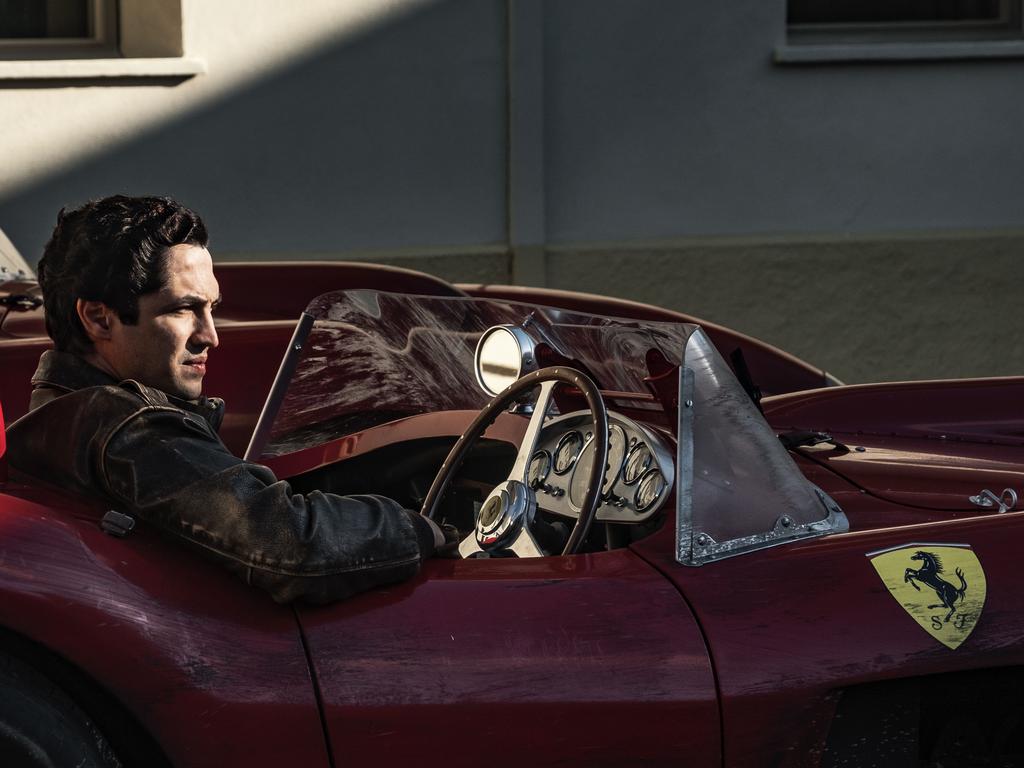


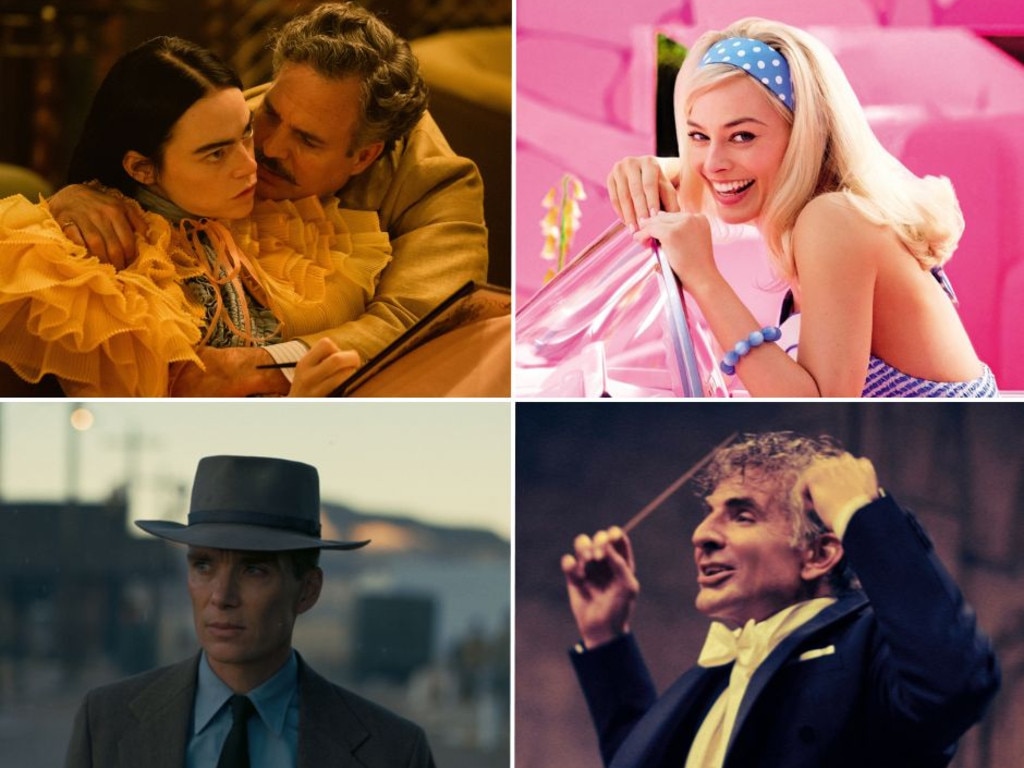
To join the conversation, please log in. Don't have an account? Register
Join the conversation, you are commenting as Logout